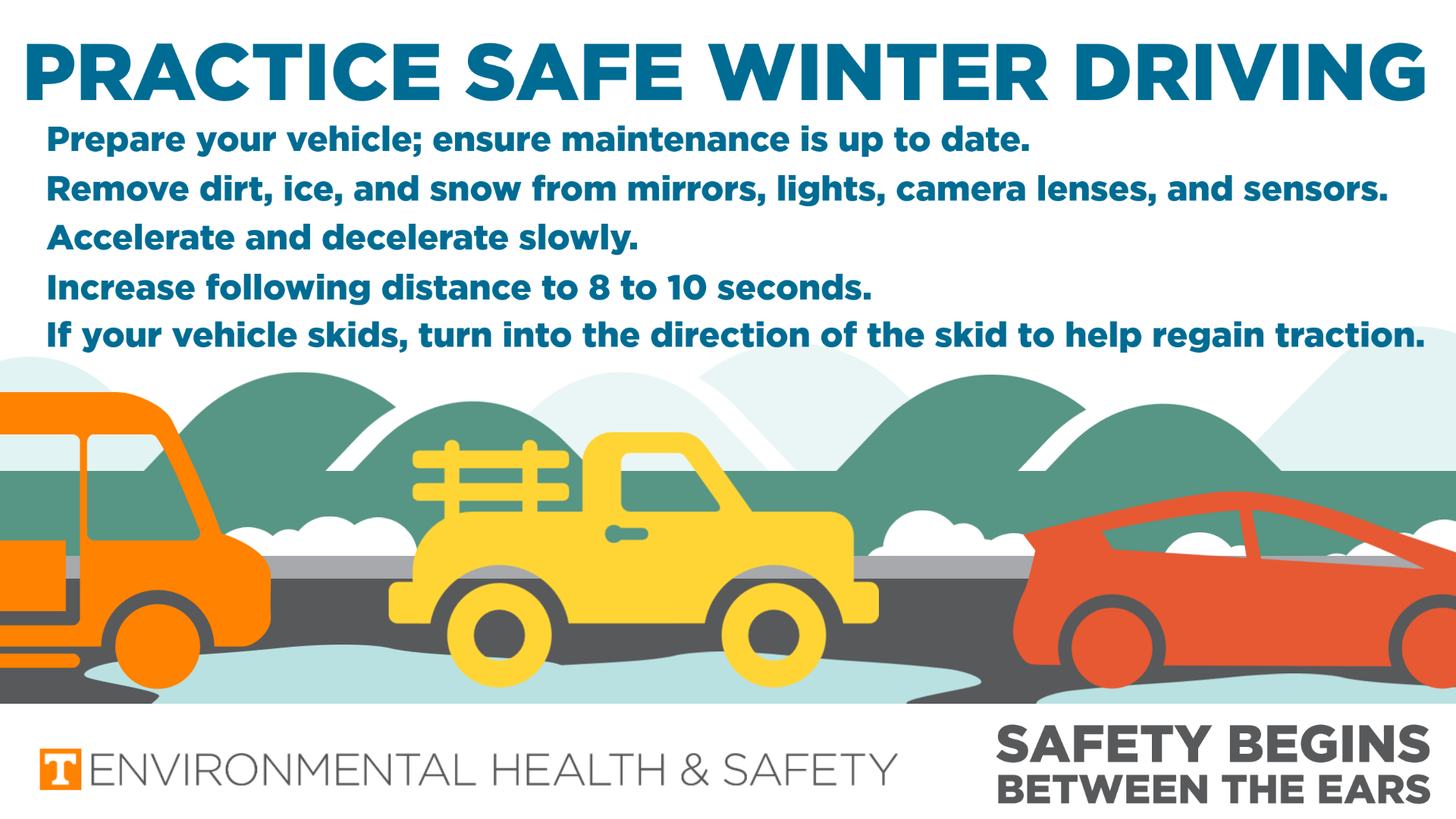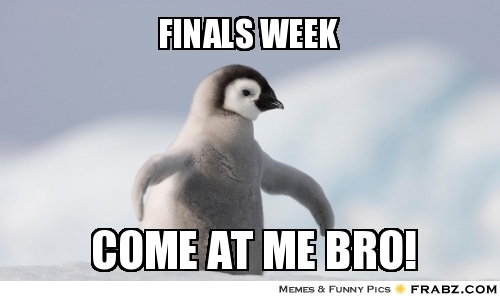Campus maybe closed today, but you can still get help. The Information and Research Help Desk will be open remotely today from 9am to 8pm, Thursday, December 15. You can get help from our librarians via chat, email, text, or phone: https://ask.consortiumlibrary.org/.
This service is available on a regular basis, as well. Reach out if you need help, we are available.



